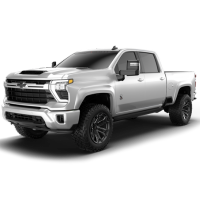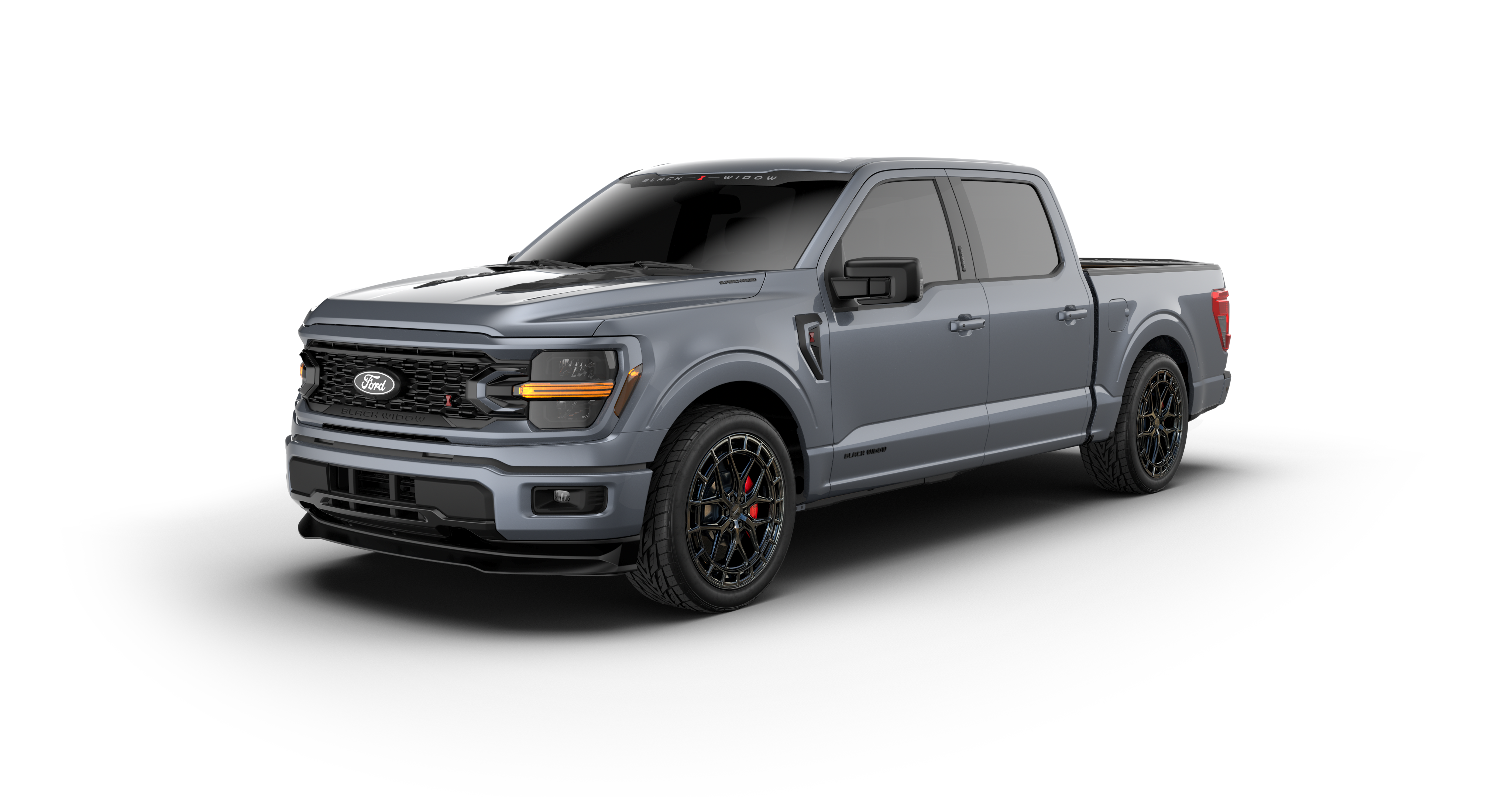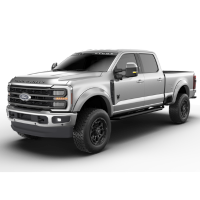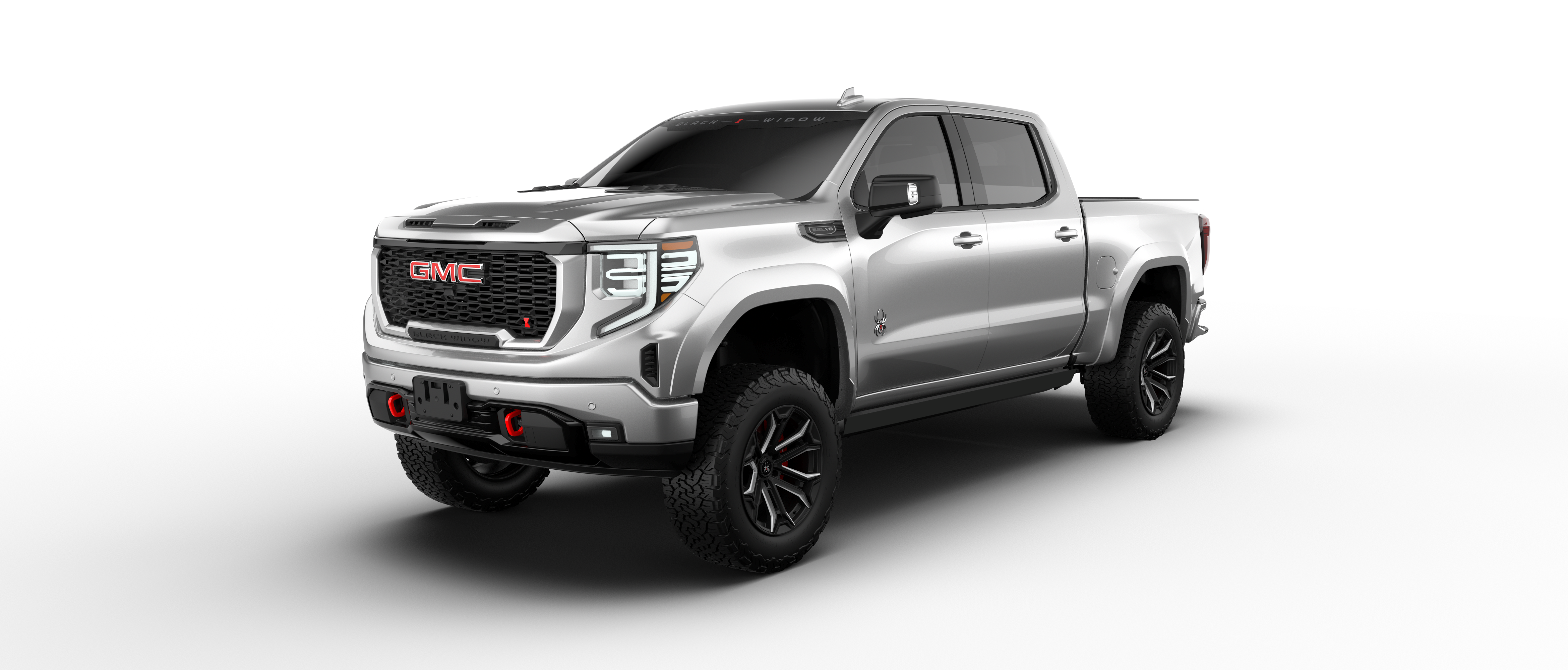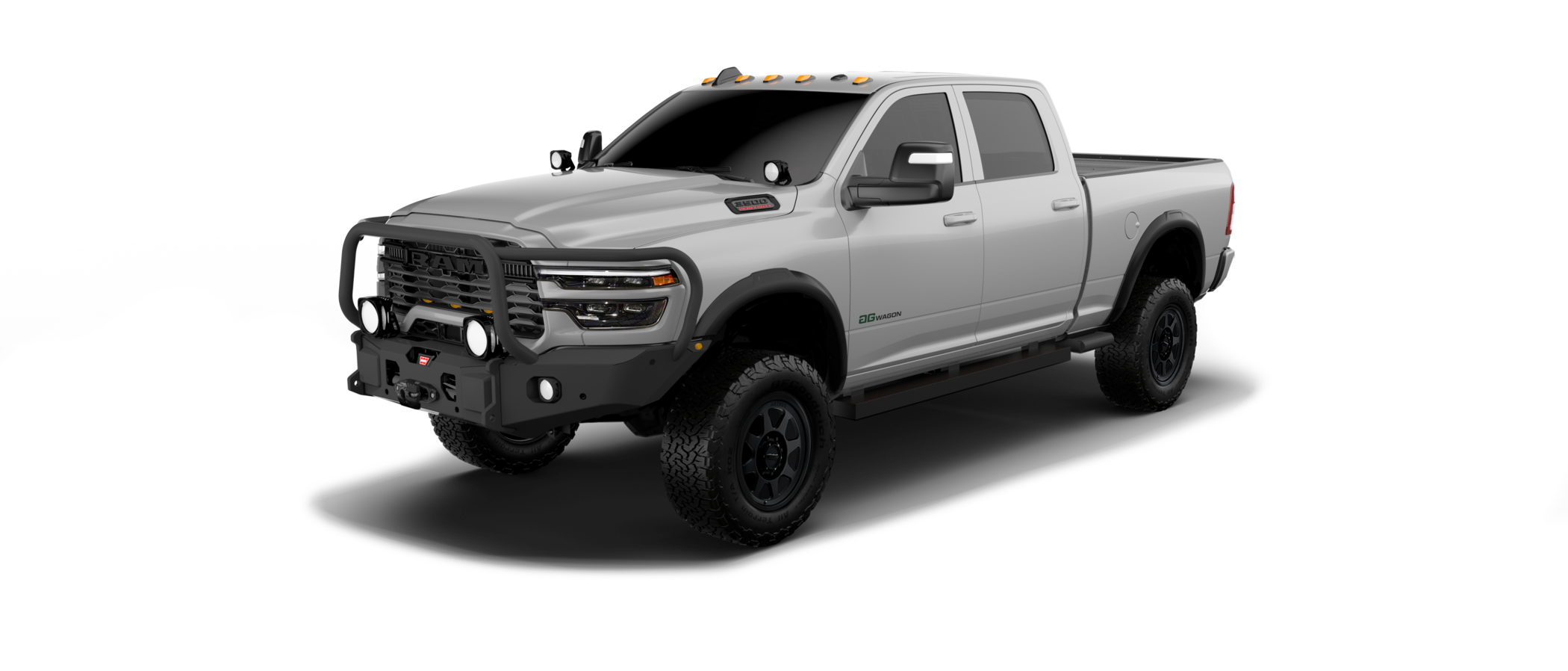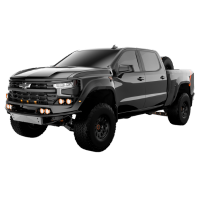Have you ever wondered how your truck glides over bumps and handles so smoothly even on rugged terrain? You have your truck’s shock absorbers to thank for that! Today, we’re going to break down how shocks work, from controlling oil flow to regulating damping force, and ultimately understand the components that make your truck’s suspension system.
What Are Shocks and Why They Matter?
Shocks (or shock absorbers) are designed to control the movement of your vehicle by absorbing and dissipating kinetic energy. They are made up of a few key components: oil, gas chambers, pistons, and valves.
Shocks manage the flow of oil within the shock body to deliver a smooth ride and maintain control, which maintains both driver safety and improves performance on- and off-road. This process of controlling how the shock responds to compression and rebound is called damping, which allows your shocks to reduce vehicle bounce after dips. Damping provides stability in turns or braking and delivers a more comfortable ride across uneven terrain.

(Image: Shelby American Ford Baja Raptor)
The Science of Damping
The force created by damping turns the movement energy into heat, which is then released by the shock body. Without proper damping, shocks often fail to slow the movement of your vehicle effectively, which leads to instability and an uncomfortable ride.
- Compression: when the shock shaft pushes into the shock body, causing the oil to flow and resist the downward force of your vehicle.
- Rebound: when the shock shaft is pulled outward, reversing the flow of oil and controlling the upward motion of your vehicle.
Why Heat Matters
Shocks, like the ones produced by FOX, use an aluminum construction that dissipates heat faster to maintain stability even in off-road conditions. Efficient heat transfer is critical since the temperature inside the shock increases as it compresses or rebounds. Faster heat dissipation prevents overheating and ultimately extends the life of your shocks.
Inside the Shock
The shock’s Main Piston acts as your shocks backbone by controlling the flow of oil during compression and rebound. The piston has multiple ports that allow oil to pass through with valving shims positioned on either side. These shims add resistance by covering the ports/holes, which affect the level of damping the shock has.

Shocks can be tuned through adjusting the thickness and diameter of the valving shims, which can give benefits in performance depending on the driving scenario.
During compression, the oil flows through the ports while bending the compression valve stack. During rebound, the oil flows the opposite way in an upward motion. However, not all the oil flows through the ports and is pushed out of the way by the shaft.
Gas Chambers and the Role of the Internal Floating Piston (IFP)
When the oil is displaced by the shock shaft entering the shock body, that’s when the gas chamber comes in. This additional chamber compresses to accommodate the displaced volume of oil. To keep things running smoothly, gas (nitrogen typically) and oil are separated by the Internal Floating Piston (IFP), which ensures consistent damping and prevents oil from frothing or foaming.

Foaming is a major problem for shock as it affects the overall performance. Frothy foam might be great for your morning latte, but it’s detrimental to your truck’s shock. The shock’s main job, after all, is to make your ride less unpredictable and uncomfortable. The shock’s IFP assists in keeping your truck’s stability in check whether you’re on- or off-road.
Valves and Adjustability
In most cases, base valves will only control compression oil flow. Base valves typically have adjusters that allow you to modify the amount of damping force in either low speed or high speed.
However, low speed and high speed don’t refer to the speed of your truck, but rather how fast the shock shaft is moving. Depending on the application, shocks will use various amounts of damping force to control the movements of your vehicle.
Why Shocks Make a Difference
If you go off-road often, then you know how crucial top-notch shock is for handling rough terrain and keeping your truck in control. Factory shocks might work going down the highway, but upgrading your shocks can completely transform your off-road experience. Here’s why:
- Improved Handling: Damping tuneability ensures better tire contact in rough conditions which keeps you from slipping.
- Better Comfort: Absorbing the harsh impact of rocks, branches and other debris keeps you and your passenger comfortable no matter how long you plan on getting lost.
-
Durability Under Pressure: Premium shocks are built to handle extreme conditions, last longer and provide consistent, reliable performance.
Ready to upgrade your shock game?
The right equipment makes all the difference. FOX offers a wide variety of 2.0 Performance Series, 2.5 Performance Elite Series, 3.0 Factory Race Series shocks and beyond allowing next level performance for whatever you drive.
Some factory equipped models even feature electronically controlled ‘Live Valve’ shocks allowing for split second tuning optimization for any terrain. Explore available performance shocks from FOX and learn more about their features and benefits to improve your truck’s off-road capability.

(Image: Chevrolet Silverado 1500 - Rocky Ridge K2 Special Edition)
Would you rather skip upgrading all together?
Check out our full line of adventure-ready, lifted and upfitted trucks without spending hours in the garage.



